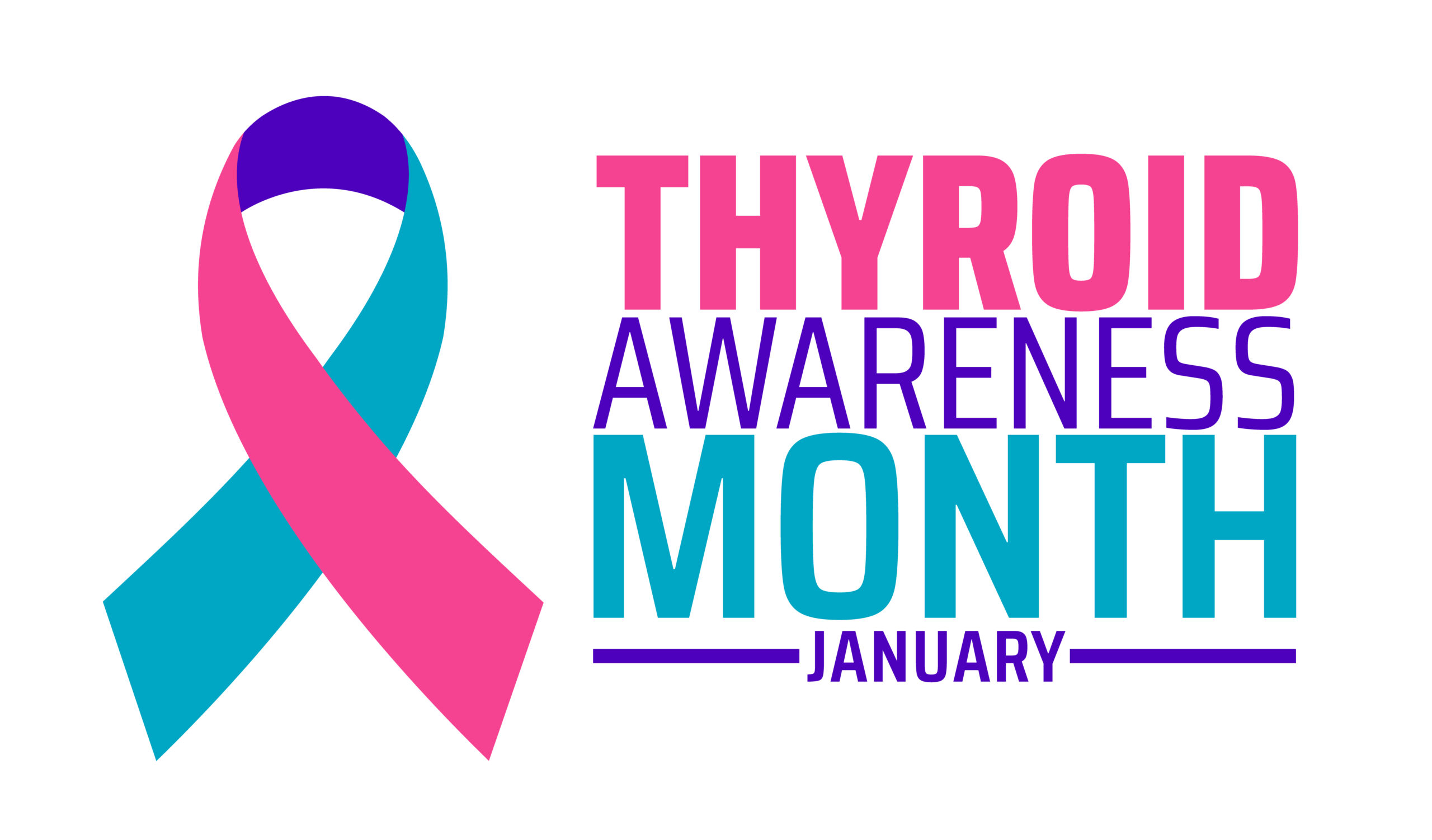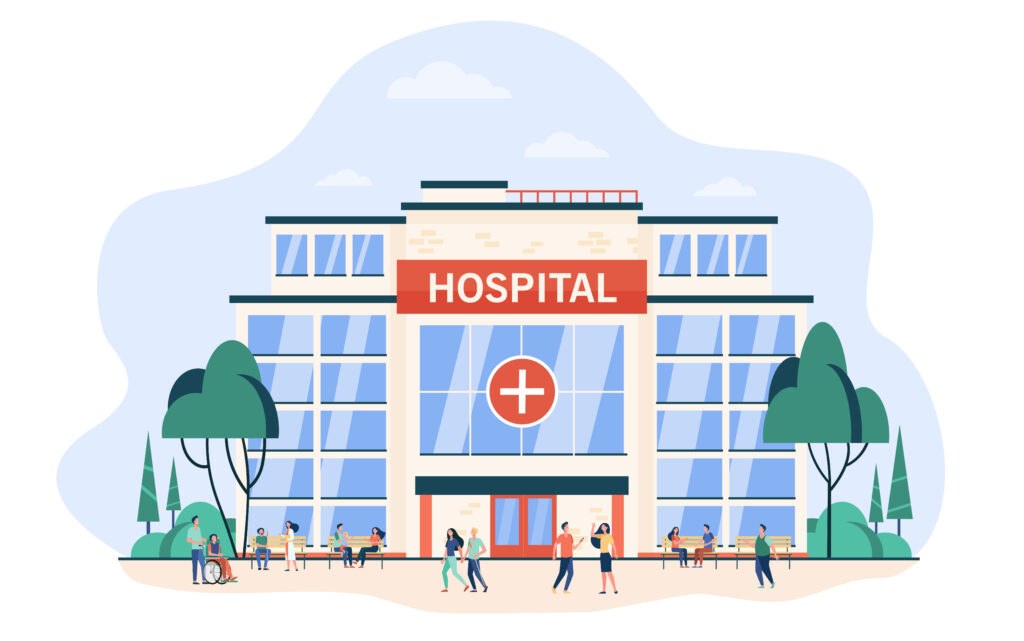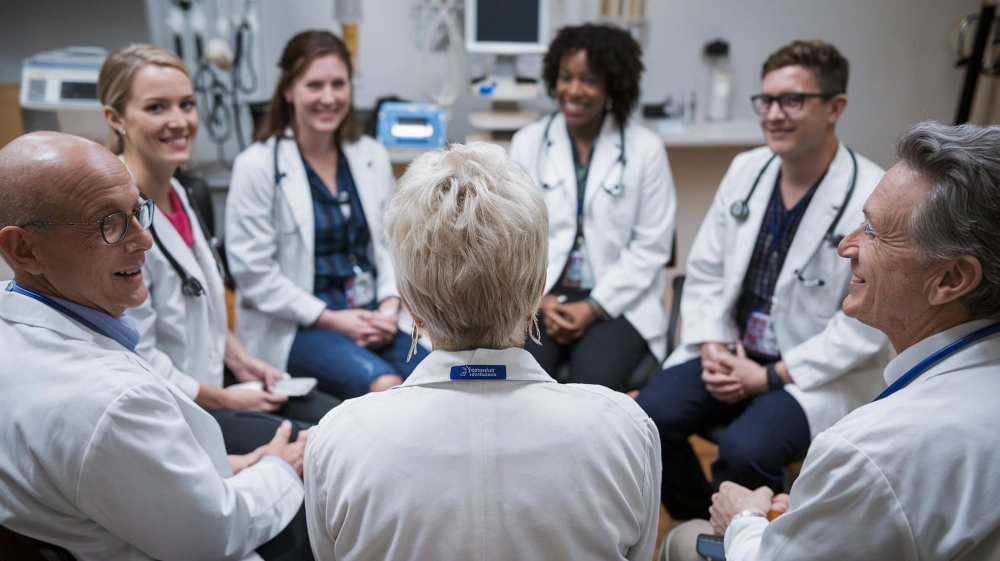patient care
TagLowering Lipids During American Heart Month
Master Clinician Series: Free Monthly Webinars
On the first Friday of every month, at 12:00 p.m. ET, Skin, Bones, Hearts & Private Parts offers FREE, 30-minute live Zoom webinars on timely topics and common healthcare challenges, presented by som…
Shared Governance in Nursing: Revolutionizing Healthcare Delivery
Miami Valley Hospital saw a remarkable 40% increase in nurse engagement scores. Their average engagement scores jumped from 2.75 to 4.36 on a 5.00 scale after they put a new governance structure in place.
Shared governance in healthcare lets nurs…
GLP-1 Thyroid Cancer Risk: What New Research Reveals for Physicians
New research shows that GLP-1 receptor agonists (GLP-1RAs) are linked to a increased risk of thyroid carcinomas. The hazard ratio stands at 1.58 (95% CI: 1.27-1.95) after 1-3 years of use. On top of that, these medications raise the risk of medull…
Navigating the New Era of Patient-Centered Care in 2025
The year 2025 will mark a transformative period in healthcare as patient-centered care becomes increasingly prominent. This paradigm shift emphasizes treating patients as individuals with unique needs and preferences, fundamentally reshaping the p…
How Streamlining Hospital Processes Can Lead to Improved Patient Outcomes
We’ve all worked our way through the slow-moving bowels of the American healthcare system at one point or another. Maybe you had to fight your way to an appointment with a specialist who is apparently booked out six months in advance. Maybe you ne…
Regulatory Changes Impacting Healthcare Providers in 2025
As we step into 2025, the healthcare landscape continues to evolve, driven by new regulatory changes aimed at improving patient outcomes, reducing costs, and enhancing the overall efficiency of the system. For healthcare providers, understanding a…
The Most In-Demand Specialties for NPs and PAs in 2024
As we near the end of 2024, the roles of Nurse Practitioners (NPs) and Physician Assistants (PAs) have become increasingly vital in the healthcare system. With a growing emphasis on accessible, high-quality patient care, these professionals are st…
How to Thrive in a Physician Shortage: Opportunities and Challenges
As we enter 2025, the healthcare industry is grappling with a significant challenge: a growing physician shortage. This shortage, driven by an aging population, increasing demand for healthcare services, and a wave of retirements among current phy…
What Can Elderly Care Be Expected to Look Like in the Near Future?
At a certain point, humans who are lucky enough to make it to old age transition out of what we often call “preventative care.” Lifestyle adjustments that are designed to maintain their good health. People in the final stage of life develop chroni…
How Social Workers and Healthcare Providers Create Stronger Support Systems Together
Social workers are some of the most undervalued and overlooked professionals in today’s global economies. Despite a number of reasons to pursue social work, and that much of the social work accomplished is of great necessity and importance to huma…










